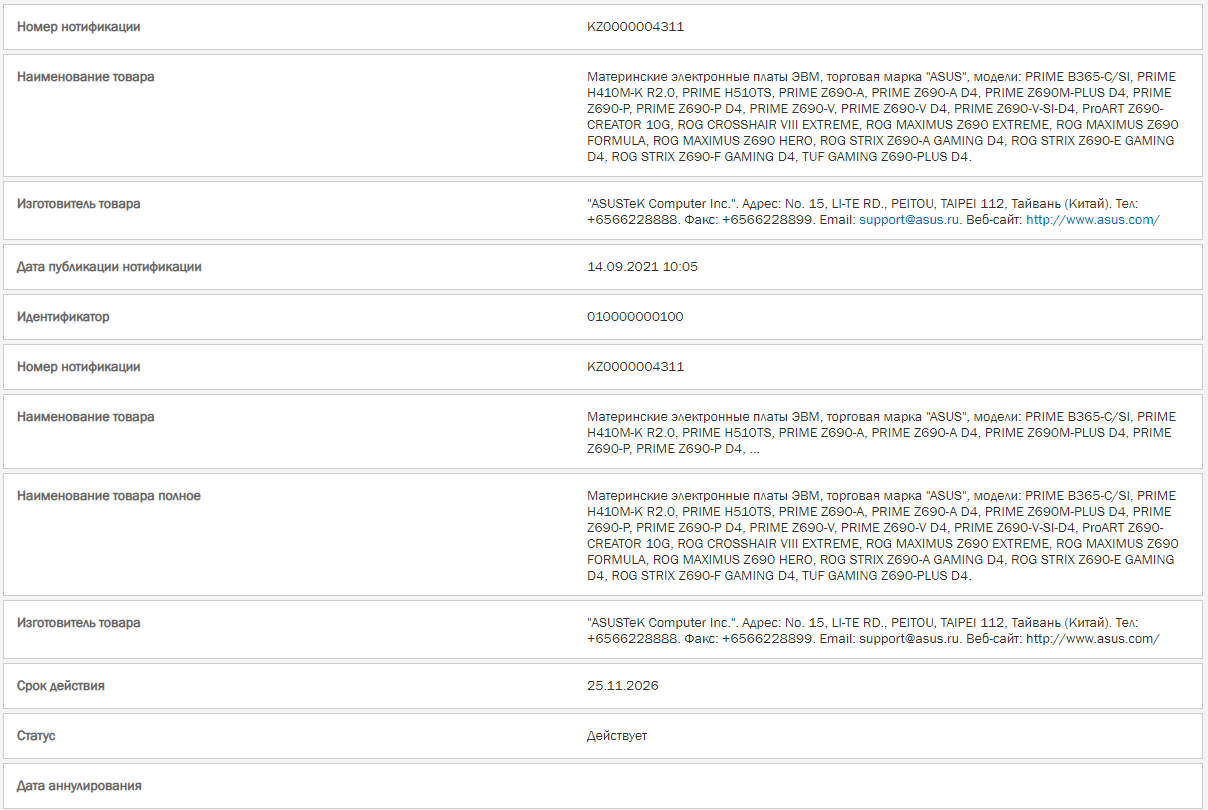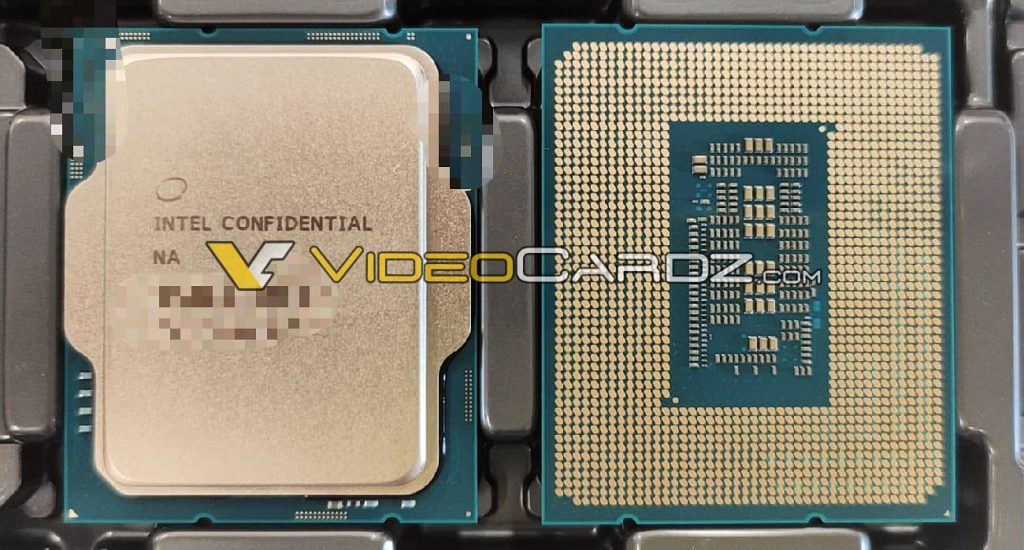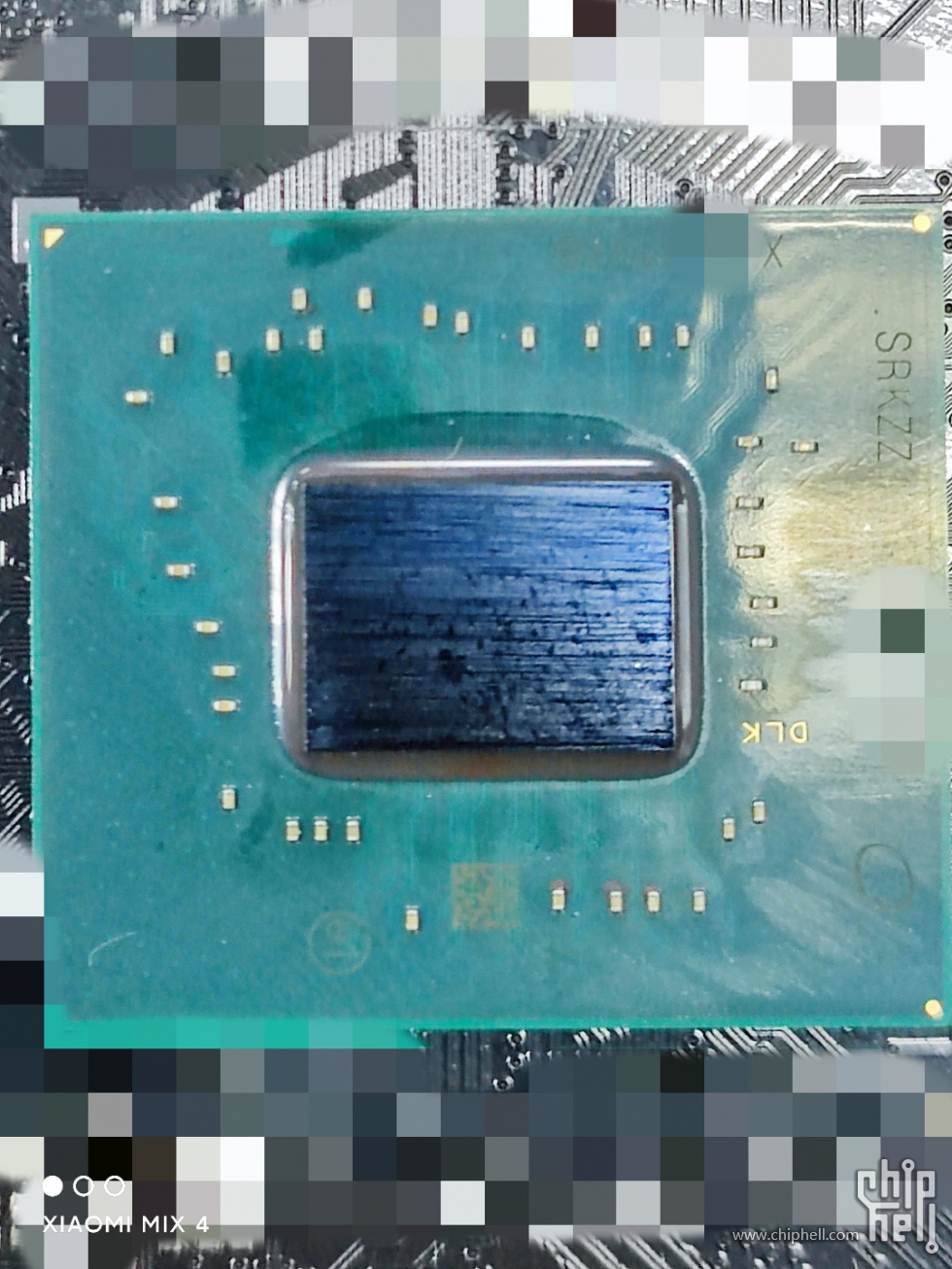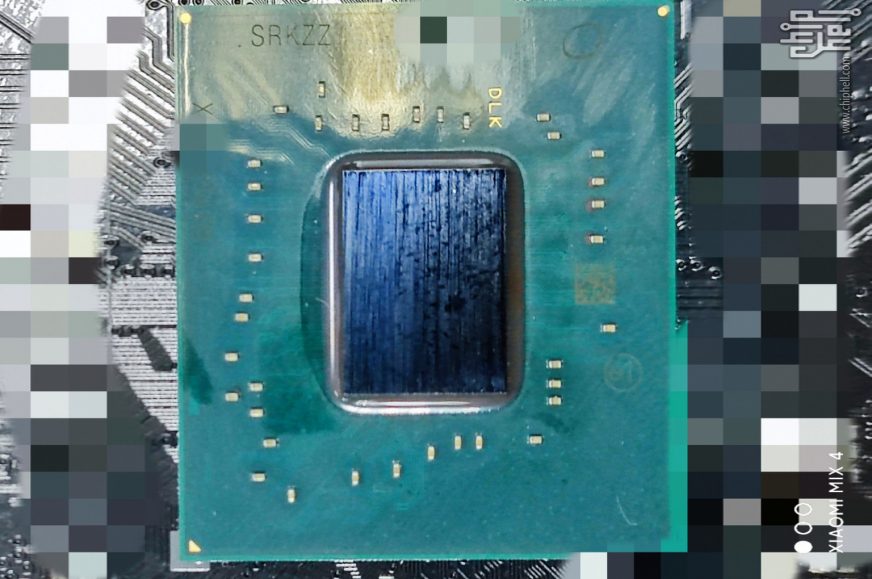Asus Z690 mainboards leak
On Monday we have had an Alder Lake CPU benchmark, based on which, the support for DDR5 memory might pose a dilemma: it has high bandwidth, but might worsen latency, threatening gaming performance. But Alder Lake can also use DDR4. We now have information on the selection of DDR5 and DDR4 mainboards. Apparently getting a quality mainboard for DDR4 should not be a problem, such mainboards might even be in the majority.
Details of mainboards with an LGA 1700 socket for Alder Lake CPUs have not been published so far, but a possible source has come up. Asus has already registered model labels for motherboards with the Z690 chipset, planned to be introduced in November, in the Russian Eurasian Economic Commission’s database. Since only two months are left until the release date, the data should be relatively accurate.
The product names provide a strong indication, whether a mainboard will fall into cheaper, middle class or high end price tier. In this case the memory type can also be easily guessed. It seems that Asus will add a suffix to the labels of mainboards built for a DDR4 memory: an easily recognizable “D4”. Motherboards for DDR5 will simply maintain a classic label without any extensions, for example Prime Z690-A. This particular model happens to be one where Asus plans to produce a similar model with DDR4, which will be labelled Prime Z690-A D4.
This division indicates that Asus will tend to use DDR5 mainly in its top-of-the-range models, while the cheaper and mid-range ones will still be built around DDR4. The EEC leak contains a total of seven Z690 mainboards for DDR5 memory and nine for DDR4. It appears that motherboards using DDR4 memory will not be a rarity, quite on the contrary: it might be the main intended combination, at least for retail motherboards and gaming PCs (in the case of OEM desktops this trend might differ, though). It is important to keep in mind that these 16 mainboards do not account for the entire assortment of Z690 models from Asus. Further models will likely follow, so there is a possibility those might flip the balance.
In case of cheaper OEM boards, the focus towards DDR4 might be even stronger. Past rumours have stated that cheaper B660 and H610 boards might even be almost exclusively DDR4-using. However we presently cannot support such claims with specific data like in the previous case.

DDR5: ROG Maximus, ProArt mainboards
But with the Z690 chipset series, which has now leaked, the trend is clearly visible. The most expensive high end models for enthusiasts with unlimited budgets in the ROG Maximus series will be built exclusively with DDR5 memory. So far there are three models of the ROG Maximus Z690: Hero, Formula and Extreme.
- (DDR5:)
- ROG MAXIMUS Z690 EXTREME
- ROG MAXIMUS Z690 FORMULA
- ROG MAXIMUS Z690 HERO
- ProART Z690-CREATOR 10G
These are joined by a „prosumer“ model for creative use, the ProArt Z690-Creator 10G mainboard. According to the name, it will come with a 10Gbps Ethernet included.

DDR4: ROG Strix, TUF Gaming
If You are looking for a cheaper mainboard for a gaming PC, You will probably look towards the models in the lower series from Asus. Where the ROG Strix series represents a kind of a second league to the ROG Maximus’ first. These mainboards will be based exclusively on DDR4 memory, with no DDR5 model available. For the ROG Strix series Asus has prepared the Z690-A Gaming D4, Z690-E Gaming D4 and the Z690-F Gaming D4 model. The TUF Gaming Z690-Plus D4 board will be complementing them, with the TUF line being DDR4 exclusive as well.
- (DDR4:)
- ROG STRIX Z690-A GAMING D4
- ROG STRIX Z690-E GAMING D4
- ROG STRIX Z690-F GAMING D4
- TUF GAMING Z690-PLUS D4
Non-gaming mainboards for a basic use will have both options
This changes with the Prime series, where the mainboards are more “casual”, with less gaming styling and usually also cheaper than Strix gaming models (with TUF Gaming slotting somewhere in between). The Prime series will be the only one to offer both types of mainboards – with DDR4 as well as with DDR5. But the split again suggests that while DDR5 will be somewhat of a “halo” product to be featured in benchmarks and promoted more prominently, the actual bread and butter of the Alder Lake platform by sales volume might be the DDR4 mainboards.
- (DDR4:)
- PRIME Z690-A D4
- PRIME Z690M-PLUS D4
- PRIME Z690-P D4
- PRIME Z690-V D4
- PRIME Z690-V-SI-D4
The Prime Z690 series prepared by Asus seems to primarily be built on five models (Z690-A D4, Z690-P D4, Z690-V D4, Z690-V-SI D4 and Z690M-Plus D4), all with DDR4 memory. And only a part of these boards will also feature the DDR5 variant, which thus looks like a derivative or even secondary option – intended for example for users who desire a clearer upgrade path with better compatibility with future parts. Out of the listed five models, only the A, P and V will be available with a DDR5 memory. No DDR5 exclusive mainboard is featured in the Prime series.
- (DDR5:)
- PRIME Z690-A
- PRIME Z690-P
- PRIME Z690-V
The Z690 chipset has a significant size, still at about 14nm
Apart from this we have some further news, or rather an interesting peek. The first photograph has leaked showing the Z690 chipset (although the die might be identical with other chipsets). The appearance is not of particular importance, but you usually do not get to see it due to it being hidden under the cooler on boards. A quick peek might therefore be of interest to you.

Z690 appears to be a bit bigger than the previous chipsets, which might indicate the added functionality. It is almost certain that this die is not manufactured on the 10nm process (let alone 7nm….) and Intel likely still uses the 14nm process as with the chipsets from the 500 series (a return to 22nm is also a theoretical possibility, although an unlikely one). During the last couple of years Intel’s southbridges have maintained a steady TDP at about 6 W, regardless of the process. Based on past experience the 14nm production process should therefore not cause any issue.
More: Intel Z690 chipset for Alder Lake detailed: Gear 4 and other news
However in this case the chipset should have considerably more PCI Express lines including up to 12 PCI Express 4.0 lines, which might consume more power. And also the link to the CPU uses the equivalent of PCI Express 4.0 ×8 instead of the PCIe 3.0 ×4 equivalent used in older chipset generations. Therefore if the power consumption of the chipset was to ever rise at some point, this generation looks like the point that is most likely. We will see whether the use of the 14nm process will lead to increased TDP and with it, possibly higher idle power consumption of computers. Intel hopefully will not raise the TDP as high as was the case with the AMD X570 chipset, where it has caused the mainboards to require an active cooling system.
Sources: VideoCardz (1, 2), Komachi Ensaka, HXL, Chiphell
English translation and edit by Karol Démuth, original text by Jan Olšan, editor for Cnews.cz
- Contents
- Asus Z690 mainboards leak








